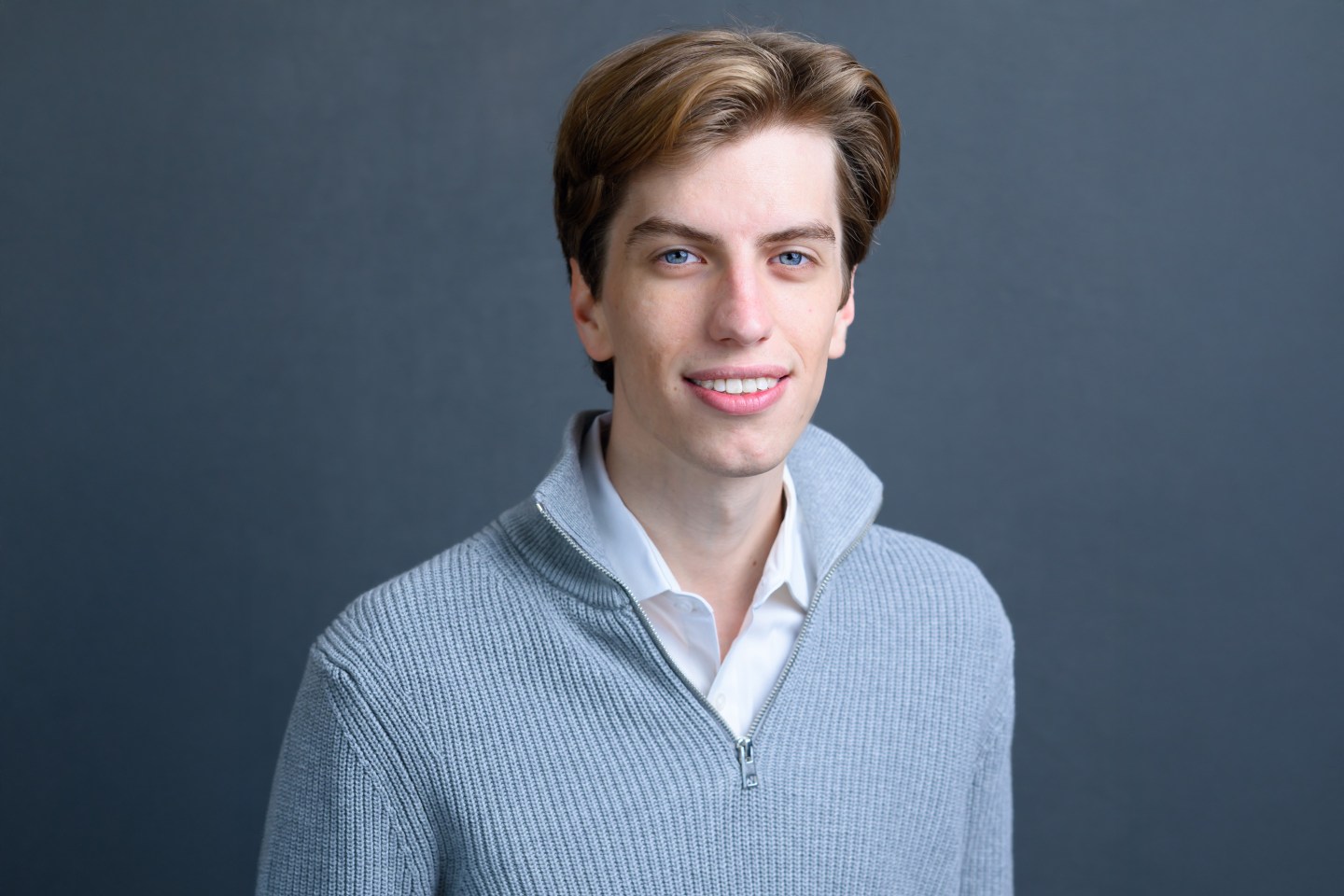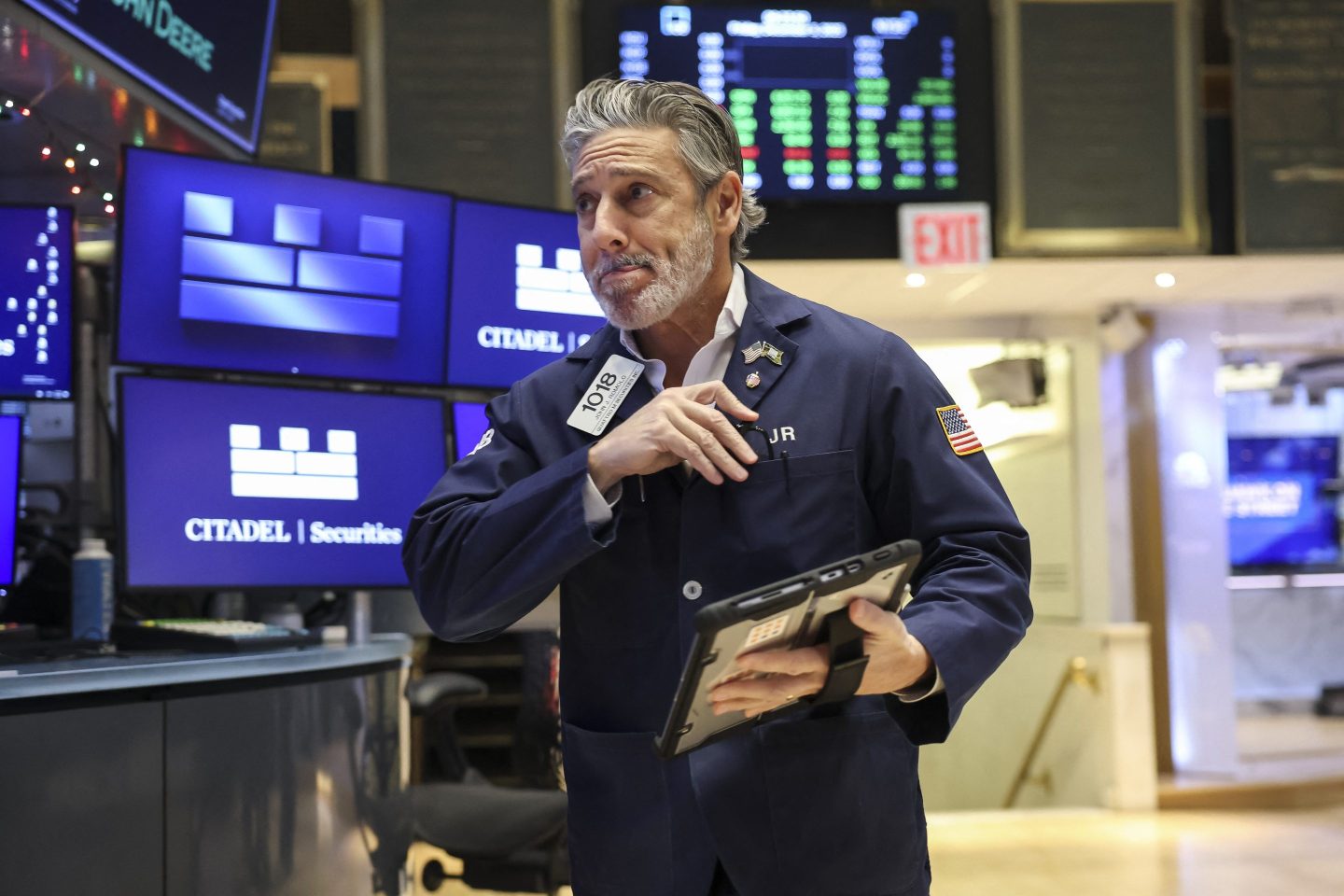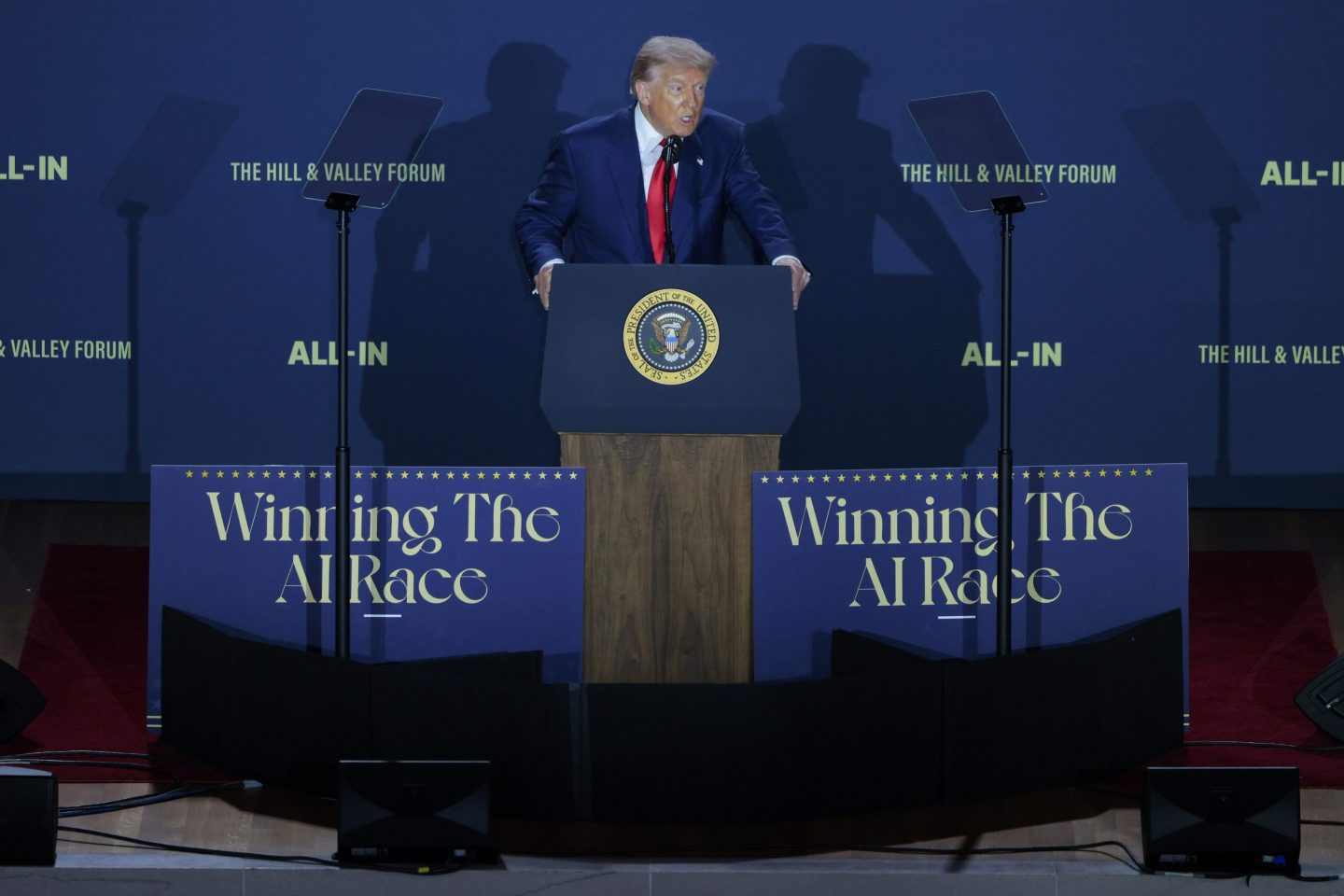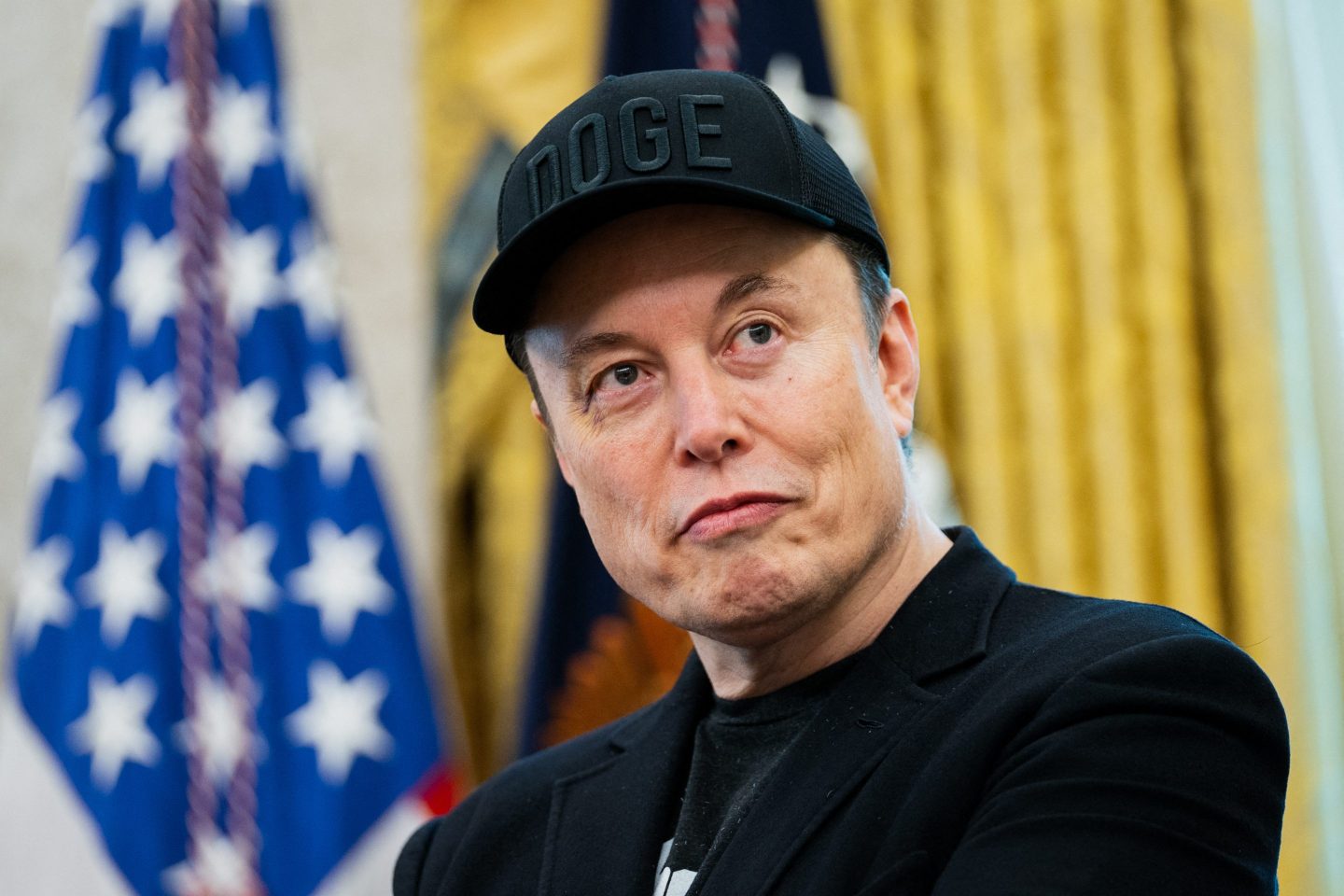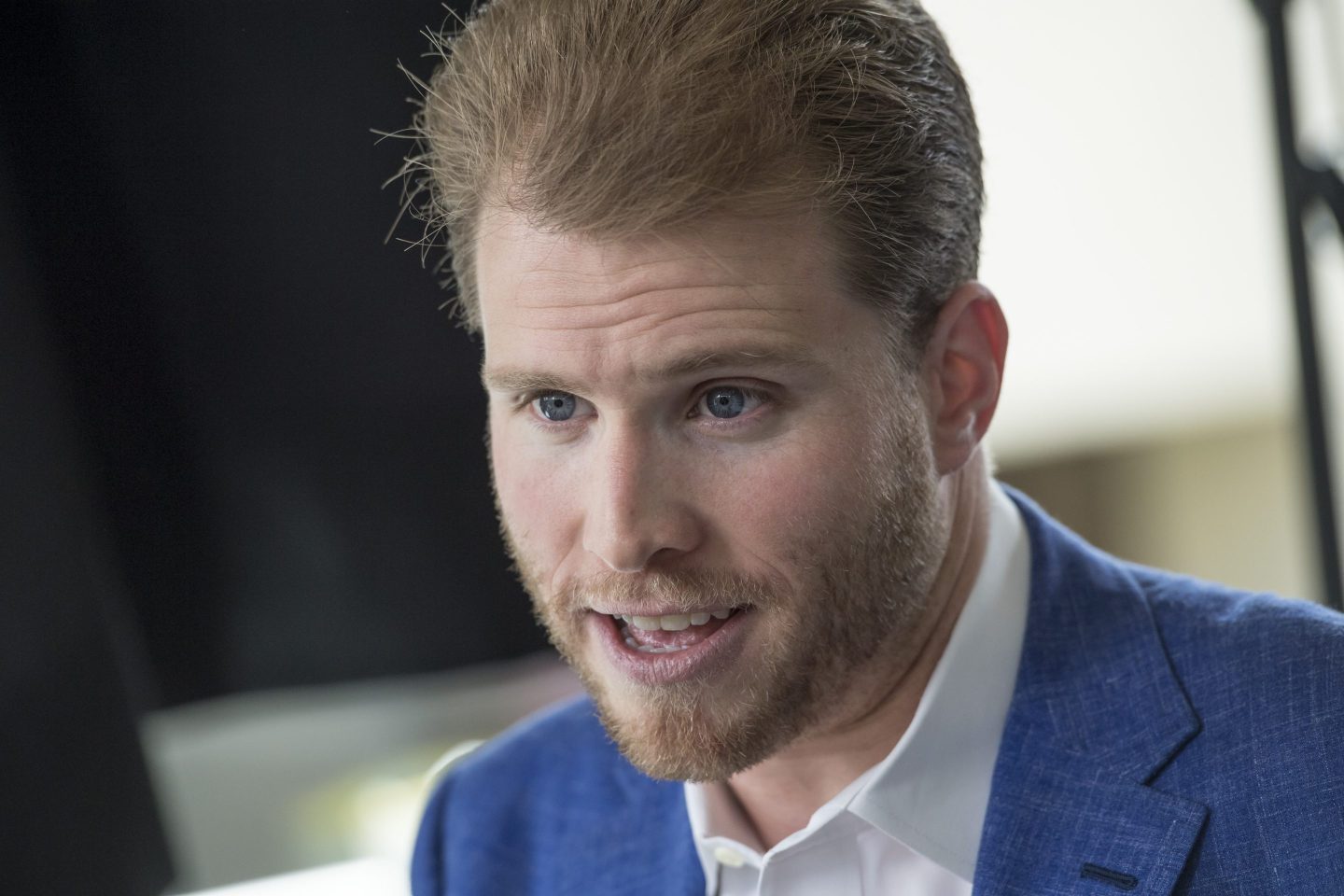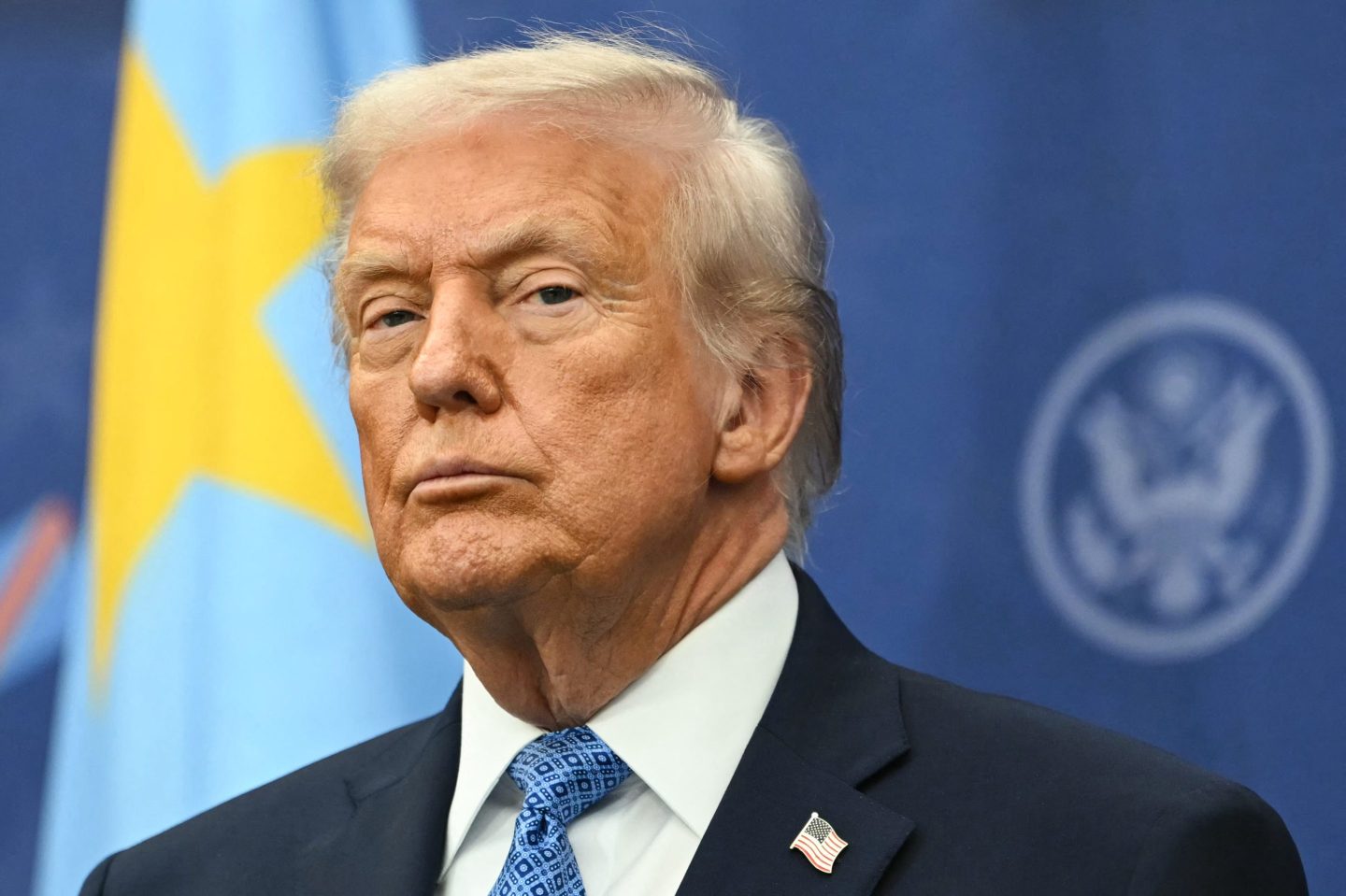Welcome to Eye on AI, with AI reporter Sharon Goldman. In this edition…the rise of Leopold Aschenbrenner, a 23-year-old AI researcher turned hedge fund manager…the IMF and the Bank of England both warn of the dangers of a financial bubble around AI…and figures that show enterprise AI adoption is growing significantly.
The chorus of warnings about an AI bubble is growing louder. Yesterday, the IMF and the Bank of England became the latest to warn that global markets could face trouble if investor enthusiasm for AI takes a dive.
Yet in Silicon Valley and beyond, that enthusiasm shows no sign of slowing. Investors aren’t just backing companies anymore. They’re betting that artificial general intelligence (AGI)—AI systems as capable as, or more capable than, humans—is right around the corner, with enormous rewards for those who get in early.
Few stories capture that better than the rise of 23-year-old Leopold Aschenbrenner, a former OpenAI researcher who became famous in AI circles for penning a monograph about the implications of AGI, and then launched a hedge fund based largely on that monograph that now manages more than $1.5 billion. I was so fascinated by Aschenbrenner that I spent the past few weeks digging into his story. The result is a Fortune profile based on interviews with more than a dozen of his friends, former colleagues, and acquaintances, as well as investors and Silicon Valley insiders. (Aschenbrenner declined to speak to me.)
Who is Leopold Aschenbrenner? As I write in the story:
A Columbia valedictorian at age 19, [Aschenbrenner] spent time at the philanthropy arm of Sam Bankman-Fried’s now-bankrupt FTX cryptocurrency exchange before a controversial year at OpenAI, where he was ultimately fired. Then, just two months after being booted from the most influential company in AI, he penned an AI manifesto that went viral — even earning praise from Ivanka Trump on social media — and used it as a launching pad for a hedge fund that now manages more than $1.5 billion. That’s modest by hedge-fund standards but remarkable for someone barely out of college. Just four years after graduating, Aschenbrenner is holding private discussions with tech CEOs, investors, and policymakers who treat him as a kind of prophet of the AI age.
It’s an astonishing ascent — one that has many asking not just how this German-born early-career AI researcher pulled it off, but whether the hype surrounding him matches the reality. To some, Aschenbrenner is a rare genius who saw the moment — the coming of humanlike AGI, China’s accelerating AI race, and the vast fortunes awaiting those who move first — more clearly than anyone else. To others, including several former OpenAI colleagues, he’s a lucky novice with no finance track record, repackaging hype into a hedge-fund pitch.
Reporting the story, what struck me most is how belief itself has become a form of capital — how people are literally investing in a worldview about where AI is heading. That belief translates into real money: billions flowing into chips, data centers, and hedge funds built not just on financial models, but on the conviction that AGI is not only inevitable — but imminent.
Whether or not investors like Aschenbrenner are fueling the bubble is beside the point. His rise shows how belief — in AGI, its timing, its inevitability — has become one of the most powerful forces in the AI economy. Companies like OpenAI and Anthropic are making their own versions of the same bet — that AGI is coming soon, and that belief is worth billions.
Aschenbrenner’s fund is essentially the financial-market expression of that faith — one investor in the fund told Fortune that Leopold said that “AGI was going to be so impactful to the global economy that the only way to fully capitalize on it was to express investment ideas in the most liquid markets in the world.”
I’ll admit, the idea of “expressing” a belief through a hedge fund was new to me as a tech reporter more used to model weights than portfolio weightings. But it did help me make sense of some of the bubbly fizz coursing through the AI world right now — and why so many are starting to worry it could all burst.
Read the full story here. With that, here’s more AI news.
Sharon Goldman
sharon.goldman@fortune.com
@sharongoldman
FORTUNE ON AI
AI isn’t in a bubble—the cash (and the hype) are real, these analysts say – by Jim Edwards
How business leaders can survive a ‘phenomenal’ AI bubble – by Alyson Shontell
Section 230 protected social media companies from legal responsibility for misinformation. AI chatbots could be about to change that – by Beatrice Nolan
AI IN THE NEWS
OpenAI and Anthropic are considering using investor funds to settle potential claims from multibillion-dollar lawsuits. According to the Financial Times, OpenAI and Anthropic are exploring whether they might use investor funds to help cover potential liabilities from a wave of multibillion-dollar lawsuits, as traditional insurers hesitate to offer full protection against AI-related risks. OpenAI reportedly worked with insurance broker Aon to secure up to $300 million in coverage for emerging AI risks, though the true figure may be lower—and in any case, far short of the potential damages. Insurance executives told the FT that the industry lacks the capacity to handle the kind of systemic, large-scale losses AI models could trigger, reflecting the sector’s broader unease about underwriting the unprecedented risks posed by generative AI providers.
IMF and BoE warn AI boom risks ‘abrupt’ stock market correction. The Financial Timesalso reported that both the International Monetary Fund and the Bank of England have warned that global stock markets could face a sudden correction as the artificial intelligence boom drives valuations to levels reminiscent of the dotcom bubble. IMF managing director Kristalina Georgieva cautioned that bullish sentiment about AI’s productivity potential could “turn abruptly,” threatening global growth—particularly in developing economies. The BoE’s Financial Policy Committee similarly noted that U.S. stock valuations are approaching those seen at the height of the 2000 tech crash, pointing to an “increased risk of a sharp market correction.” Still, figures such as Nvidia’s Jensen Huang and San Francisco Fed president Mary Daly argued that today’s AI surge differs from the dotcom era, fueled by wealthier tech giants and productive investment rather than speculation.
Why America builds AI girlfriends and China makes AI boyfriends. I thought this was a fascinating piece in a great Substack newsletter, written by multiple contributors, called ChinaTalk. In the article, an Oxford researcher named Zilan Qian explores why America’s AI “companions” tend to be girlfriends while China’s are boyfriends—and what that says about both societies. The U.S. market, dominated by apps catering to young men, reflects a mix of manosphere culture, loneliness, and the monetization of sexualized AI fantasy. In contrast, China’s booming “AI boyfriend” industry largely targets urban women amid falling marriage rates and government anxiety over birth declines. Qian argues that these gendered trends reveal how culture, regulation, and demographics shape not just who builds AI—but what kinds of emotional worlds we build with it.
AI CALENDAR
Oct. 6-10: World AI Week, Amsterdam
Oct. 21-22: TedAI San Francisco. Apply to attend here.
Nov. 10-13: Web Summit, Lisbon.
Nov. 26-27: World AI Congress, London.
Dec. 2-7: NeurIPS, San Diego
Dec. 8-9: Fortune Brainstorm AI San Francisco. Apply to attend here.
EYE ON AI NUMBERS
44%
That's how many U.S. businesses now pay for AI tools, up from just 5% in 2023, according to Ramp statistics provided in the latest State of AI Report by AI investor Nathan Benaich and Air Street Capital.
According to the report, average contracts have reached $530,000, and AI-first startups are growing 1.5× faster than their peers – signs that the business of AI has "finally caught up with the hype."
